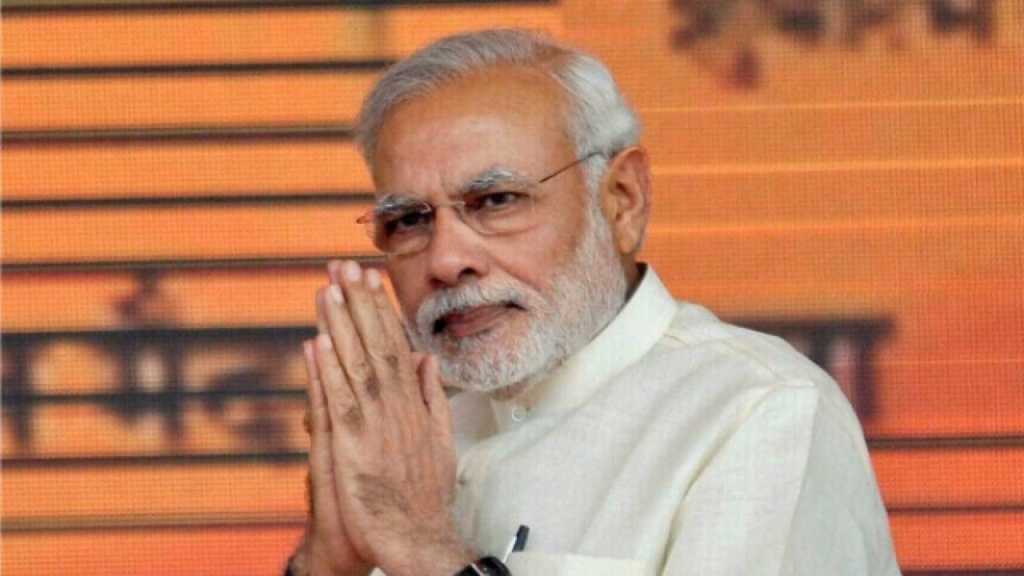The Narendra Modi government is no stranger to constant criticism and has often in the past been labelled as a patriarchal government that doesn’t prioritise women empowerment. The government has been hammered left, right and centre by self declared feminists. While some people think Swara Bhaskar’s masturbation scene in Veere Di Wedding is women empowerment, the Modi government has hit back at its detractors in some style and shown them what women empowerment truly stands for. The World Health Organisation(WHO) has commended India’s progress in reducing the maternal mortality ratio (MMR) by 77 %, from 556 per 1,00,000 live births in 1990 to 130 per 1,00,000 live births in 2016.
India has not just achieved the Millennium Development Goal (MDG) target of Maternal Mortality Ratio (MMR) but in fact, have gone beyond it. India had set a goal of having an MMR of 130 per 1,00,000 live births by 2015 and have bettered the goal by achieving an MMR of 130 per 1,00,000 live births. WHO Regional Director for South-East Asia, Poonam Khetrapal Singh directly credited the government and lauded it for taking extensive steps to reduce the MMR.
It is no coincidence that India registered a significant decline in Maternal Mortality Ratio since the Modi government came to power. India recorded a 22% reduction in MMR since 2013. The Union Health Ministry under the Pradhan Mantri Surakshit Matritva Abhiyan introduced a game-changing scheme to provide free health check-ups to pregnant women at government health centres and hospitals by private doctors. Poonam Khetrapal Singh credited this scheme and its implementation and claimed that due to the advent of such schemes the country is on track towards achieving the Sustainable Development Goal (SDG) target of an MMR below 70 by 2030. The proportion of institutional deliveries in public facilities has also substantially increased, from 18% in 2005 to 52% in 2016 and if we consider private facilities too, institutional deliveries now stand at 79%, an extremely good number for a developing country. Three states namely Kerala (46), Maharashtra (61) and Tamil Nadu (66) have already achieved the SDG target.
Another scheme which played a huge role in helping the country achieve its target is the Janani Shishu Suraksha Karyakram (JSSK). Under this scheme, pregnant women who opt for delivering in public health institutions are entitled to not just a no-expense delivery but are also provided free transport. Singh claimed that this scheme has largely closed the urban-rural divide traditionally seen in institutional births.
The substantial decrease in MMR means that there were almost 12,000 fewer maternal deaths in 2016 as compared to 2013. According to the Health Ministry, for the first time in the history of independent India, the number of maternal deaths has reduced to 32,000. A micro-analysis of the statistics reveals that almost 30 more pregnant women are being saved in India as compared to 2013.
The government followed a strategic approach by dividing the country into three groups: Empowered Action Group(EAG), southern states and “other” states. The government’s focus on low performing states has yielded rich dividends. The Empowered Action Groups registered a decline from 246 to 188 deaths per 1,00,00 live births. Uttar Pradesh is leading the way in the EAG group and registered a whopping decline of 30% in maternal deaths and topped the charts in bringing down the mortality rate. PM Modi in his Man Ki Baat launched the ‘I pledge for 9’ scheme which urged the private sector to provide free ante-natal services (ANC) on the 9th of every month on a voluntary basis to pregnant women, especially those living in underserved, semi-urban, poor and rural areas. All these factors have culminated in India making substantial strides in reducing the Maternal Mortality Rate.
If anyone had still doubts over the Modi government’s desire to uplift the condition of its women, here’s what WHO Regional Director for South-East Asia Khetrepal Singh had to say for India’s progress:
“India’s achievements are already having a wide-ranging human impact, and are of immense inspiration to other countries.”
Finally, after 4 years, the statistics are showing that perhaps the famed ‘Acche Din’ have arrived and are set to stay.
